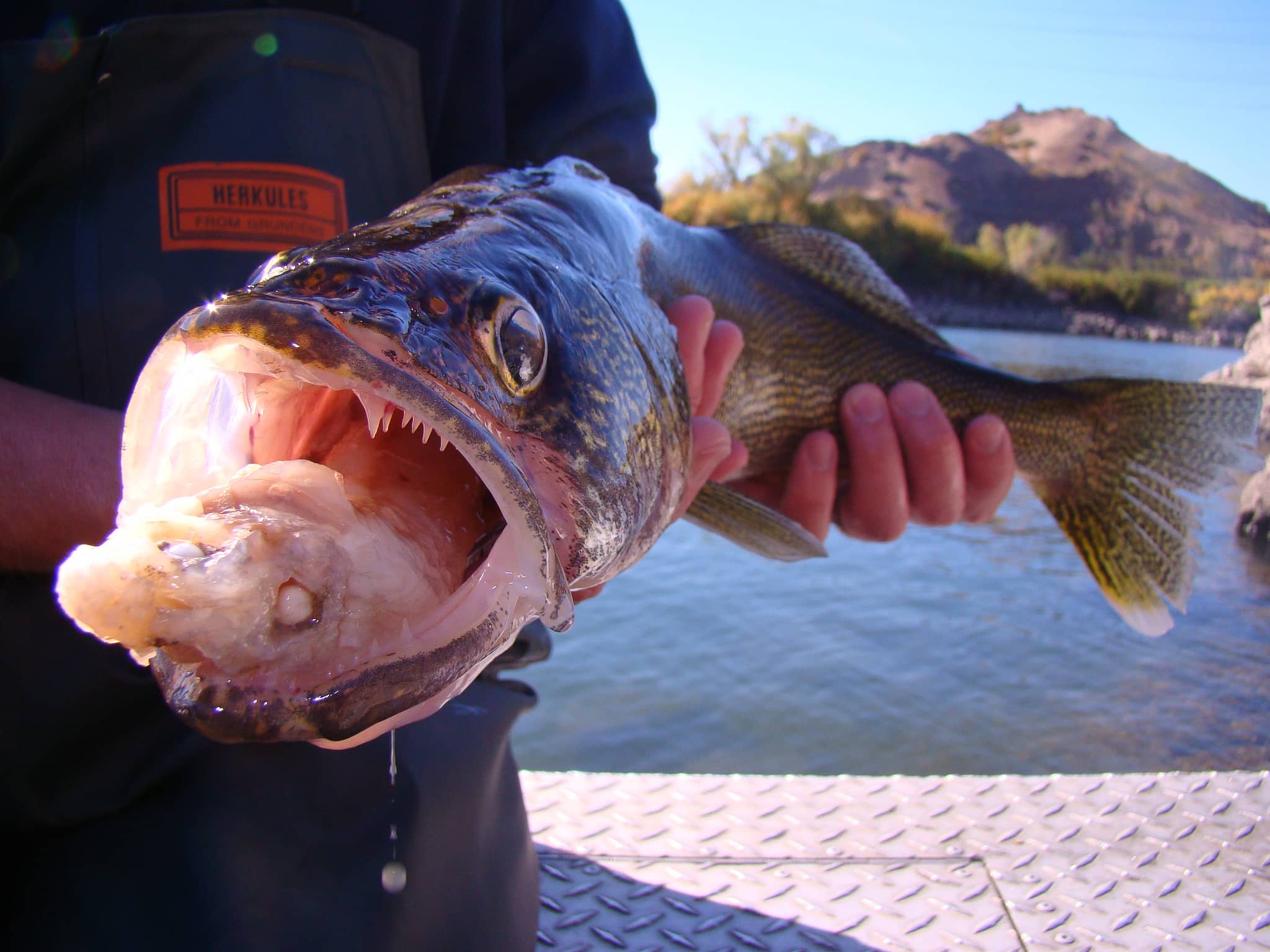Muscle-dissolving Fish Parasite Infects 26 Minnesota Lakes
OutdoorHub Reporters 10.13.15

A terrifying fish parasite in Minnesota has now spread to 26 lakes in the state and 15 different species, according to researchers from the University of Minnesota. The parasite is called heterosporis, and the effects it can have on fish are rather grisly.
“As far as diseases go, this is a nasty one,” Nick Phelps, a researcher with the university’s Minnesota Aquatic Invasive Species Research Center, told KARE 11.
Heterosporis is a microscopic parasite that can infect the muscle tissue of freshwater fish, such as yellow perch. Once there, the parasite begins to produce millions of spores that break down and liquefy muscle matter, replacing entire sections of the fish with white, opaque spores. The Minnesota Department of Natural Resources reported that in some cases, fish have become little more than live, floating vessels for the parasite’s spores, which are then released into the water and contaminate other fish.
It sounds like the plot of science fiction horror movie, but researchers assert the parasite is becoming a very real problem for the state’s commercial and recreational fishermen.
“When you have lakes that have 30-percent (of the fish) infected you can imagine how big of an impact this may have to fisherman trying to catch the fish,” Phelps said. “When you have something that liquefies tissue and you don’t know a lot about the biology and the ecology of it that is cause for concern.”
The parasite seems to have no effect on humans. Cooking infected fish is also believed to destroy the spores, although many anglers are skeptical of eating fish affected by the disease. Wildlife officials recommend destroying any infected fish caught by burning the flesh or burying it.

Infected species include popular game fish such as walleye, northern pike, burbot, and rock bass. State officials added that there is currently no treatment or defense against the parasite, but anglers can help by not releasing infected bait minnow into new lakes. Phelps said he hopes his research will lead to more insight on the disease, and how biologists can begin to combat the parasite. A list of the affected lakes in Minnesota can be found at the research center’s website.

